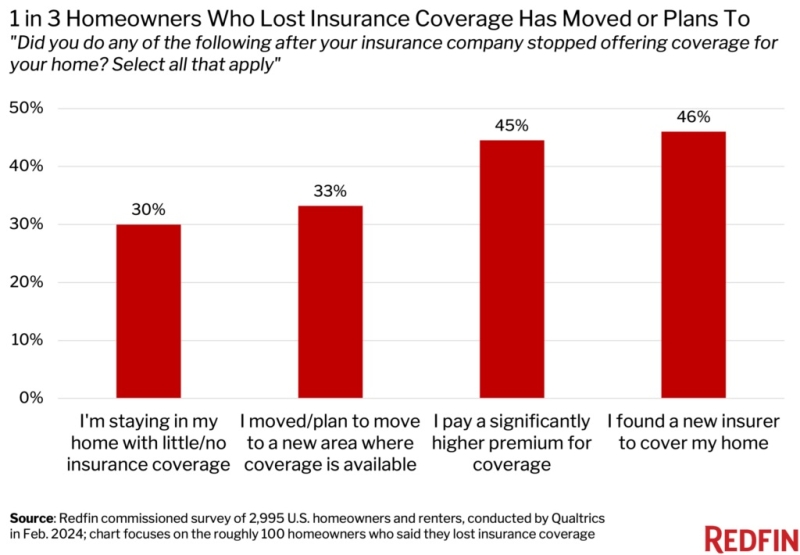Advertisement
HUD launches ad campaign to fight lending discrimination
MBA VP of of research and economics Brinkmann testifies on the impact of the conforming loan limitMortgagePress.comMBA, Jay Brinkman, Committee on Financial Services, jumbo loans, conforming loan limit
Jay Brinkmann, vice president of research and economics for the
Mortgage Bankers Association testified before the Committee on
Financial Services. In his testimony, Mr. Brinkmann discussed the
impact of the higher conforming loan limit and the efforts to
improve jumbo loan pricing.
Below is Mr. Brinkmann's oral testimony, as prepared for
delivery.
"Mr. Chairman, Members of the Committee, thank you for the
opportunity to testify.
"My message this morning is that pricing in the jumbo loan
market is improving as a result of actions taken by this committee,
Congress, the White House, mortgage lenders, the GSEs and FHA. The
higher loan limits have allowed lenders to make loans to jumbo
borrowers during a period of time when the secondary market remains
effectively shut down for all but Fannie Mae, Freddie Mac and
Ginnie Mae securities. It has taken some time, however, since the
passage of the bill for us to see lower pricing in the jumbo market
for a number of reasons.
"First, when the higher loan limits were announced by HUD at the
beginning of March, the capital markets were caught up by the
developments at Bear Stearns. Broker/dealers on Wall Street, who
would normally bid on GSE securities, needed to conserve cash and
could not commit to a price on a new security when they did not
know if or for how much they would be able to sell it. Mortgage
lenders could not commit to a lower rate on a mortgage until they
saw what investors were willing to pay for that mortgage.
"Second, the pricing of the new GSE jumbo securities was
complicated by the fact that there were different limits for
different parts of the country with different home price trends and
different prepayment speeds, thus making it difficult to commit to
a generic price. For example, loans in New York traditionally
prepay at slower rates than loans in California and are therefore
worth more to investors.
"Third, the temporary nature of the higher loan limits makes the
securities potential orphans in that new issuance will come to an
end shortly after the end of this year. Pricing of securities is
generally determined by the most recently issued securities where
the most trading takes places. In the absence of the prospect of
new issuance, potential investors feared having to hold an illiquid
security that they could not sell because they could not get a
reference market price. Therefore, they would demand a higher yield
to compensate them for the likely illiquidity.
"What finally broke the logjam was the courageous move by Fannie
Mae and Freddie Mac to simply announce a price at which they would
buy jumbo loans that qualify for their programs. The establishment
of a credible bid in the market has already led to greater interest
among private investors.
"Keep in mind, however, that not every jumbo loan will be coming
down in rate. The limited geographic coverage of the bill and the
level of the loan limits exclude about half of the jumbo market
that we saw for home purchases in 2006, and given the credit
standards of the GSEs, credit standards that reflect the current
environment, only about half of that number would likely qualify
for GSE purchase. Therefore, borrowers will see a range of quotes
for jumbo loans based on where they live, the amount of their down
payments and other credit factors. So a jumbo loan in an area that
is not designated a high price area will likely cost more than an
identical jumbo loan in a high price area as determined by HUD.
"In addition, the jumbo loan market is not traditionally a
30-year fixed-rate market, with those loans making up roughly only
a third of the jumbo market over the last five years. That has now
changed with applications for fixed rate loans making up about 70%
of jumbo applications, but jumbo to conforming spreads on loans
like 5/1 hybrids have not been as wide as those for 30-year
fixed-rate loans so there are good alternatives for jumbo
borrowers.
FHA insured loans are also playing a very important role. The
demand for Ginnie Mae securities never really slackened and the
efforts of FHA to roll out its program and risk-based pricing have
made FHA loans a cost-effective choice for many borrowers.
"I said at the beginning that the efforts to improve jumbo
pricing are working. The Mortgage Bankers Association conducts a
weekly survey of mortgage applications around the country. As
recently as March of 2007, applications for jumbo loans made up
12.1 percent of all applications. By March 2008, the jumbo share
had fallen to only 4.4 percent. As of the first few weeks of May,
that share has increased to 5.8 percent and we expect that
percentage to continue to increase.
Mr. Brinkmann's full written testimony can be found at www.mortgagebankers.org.
About the author





